Characteristics and description of the variety of tomatoes Dubok
The Dubok tomato variety was created in 1993. Then it was still called "Dubrava". Originally, these tomatoes were bred for outdoor cultivation in warm southern regions. However, the plant turned out to be unpretentious enough to breed it in much harsher climatic conditions, and even without using a greenhouse.
Characteristics of the variety
The Dubok variety has an early ripening period. It takes about 3 months from the appearance of the first shoots to harvest. Depending on the weather and conditions of care, this period varies from 85 to 105 days. The bush can bear fruit until late autumn.
The Dubok harvest is abundant, specific indicators depend on the region. For example, in those regions for which the variety was bred:
- in the Central region - 133-349 centners per hectare;
- in Volgo-Vyatka - 224-550 centners per hectare.
This is about 2 to 5 kg of vegetables per bush. In order to get the maximum number of fruits, one plant is recommended to allocate a plot of soil 30 by 40 cm.
Form a bush of 3-4 stems. He does not require step-sonning. Opinions differ about tying. The seed producers say there is no need for it. Some summer residents think the same way. However, others point out that due to the high yield, the plant can easily break under its own weight. Therefore, it is recommended to tie it up during fruiting.
The variety is unpretentious. It tolerates cold, heat, drought and overflow, temperature and humidity changes. However, these tomatoes will not bear fruit if the temperature is too high at the time of pollination (more than 25 degrees).
Advantages and disadvantages
The positive characteristics of Dubok tomatoes include the following:
- resistance to diseases and pests;
- unpretentiousness;
- the ability to survive in almost any weather conditions;
- fruits ripen almost simultaneously;
- fast harvesting;
- long shelf life;
- no problems during transportation.
The disadvantages include not very good adaptation to high temperatures. In addition, the taste of these tomatoes is somewhat specific and may not be liked by someone.
Description of Dubok tomatoes
The description of the variety should start with the fact that large Dubok tomatoes do not grow. As a rule, the bush reaches a height of 50 cm, sometimes more. The maximum height is 70 cm. The variety is determinant... This means that its height is very limited and ends after the formation of the ovary. But such varieties grow well in breadth. This feature allows you to grow a vegetable even on the balcony of a city apartment.
There are not too many branches in tomatoes of this variety, the number of leaves is average. They are small and light green in color. The number of seeds is small. The variety is pollinated on its own, however, when grown on a balcony or windowsill, you will have to resort to an artificial method of pollination. To do this, gently shake the stems of the plant or turn on the fan.
The fruits are quite small, their weight ranges from 50 to 130 grams. The warmer the climate in which the plant is bred, the larger the fruit will be. The same effect is observed when grown in a greenhouse.
In shape, it is an almost perfect ball or sphere. The color of already formed, but unripe fruits is light green. The ripe tomatoes are of a rich bright red color. They have a smooth skin of medium density. The flesh is quite firm and somewhat dryish; it tastes sour.
Dubok tomatoes are stored for a long time - up to one and a half months. Practically do not crack, tolerate transportation well.
In cooking, this variety is considered universal. It is used by:
- fresh, adding to salads;
- for pickles and preservation;
- in vegetable mixtures, including frozen;
- in the manufacture of ketchup and other sauces.
Growing features
Typically, Dubok tomatoes are grown from seeds. But they are not planted immediately in open ground, but in pots, containers or any other containers that are in the room for the first time. This is done in March.
It is best to use a special ready-made tomato mixture as a substrate. However, you can do with simple garden soil - this variety also feels good enough in it.
It is recommended to prepare the seeds before sowing.
- First you need to select the strongest seeds suitable for sowing. To do this, they must be soaked in a salt solution. Those that come up can be thrown away. The rest will be planting material. They need to be rinsed thoroughly.
- Disinfect the selected seeds by soaking them for 20 minutes in a 1% solution of potassium permanganate.
- Treat with a growth stimulant.
- Temper the seeds. To do this, they must be put in a cloth napkin or bag and put in the refrigerator for a day. After that, take it out and keep it at a temperature of about 24-25 degrees for 5 hours.
Seedling pots are best kept at a temperature of 18-20 degrees. The first seedlings should appear in about a week. Until this moment, it is recommended to cover the containers with glass and remove it only when watering is necessary. After the appearance of two full-fledged leaves, the seedlings dive. Plants are moved to open ground at about 55–65 days.
Water the tomatoes in the evening, preferably at or after sunset. The soil should always be moist. Particularly abundant watering is not required for Dubka, but it is better to pour this variety than dry it out. Once every 20 days, it is advisable to feed the plants with complex fertilizer.
Output
Tomatoes Dubok is a medium-sized and unpretentious tomato variety, popular among gardeners. It can be grown in greenhouses, in the garden, and even at home in pots. It is quite easy to care for him, the crop ripens quickly. In addition, such a plant will bear fruit all summer.
The fruits are hard enough. They are easy to transport and deteriorate slowly. In cooking, such tomatoes are used in a variety of qualities: from fresh consumption to making sauces.
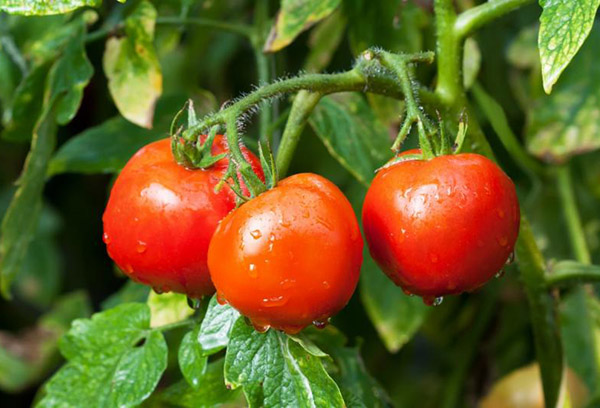
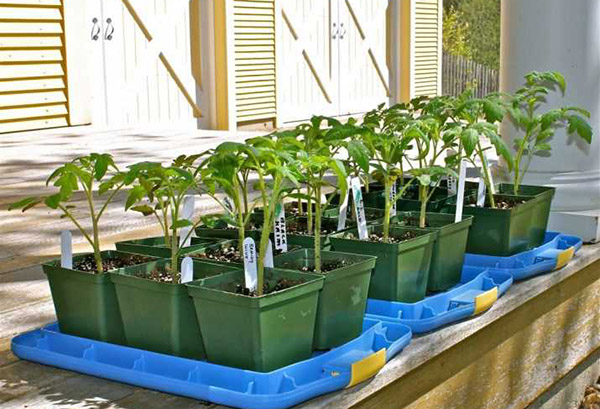
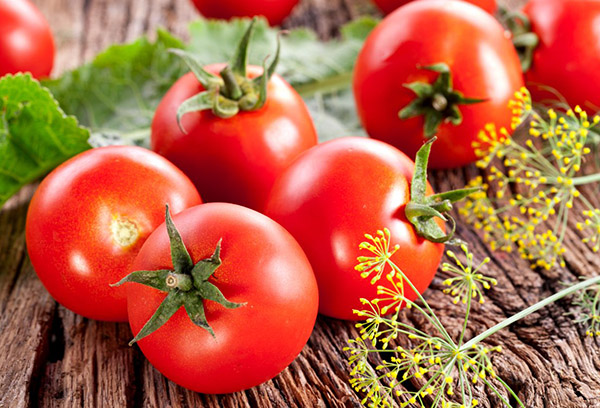
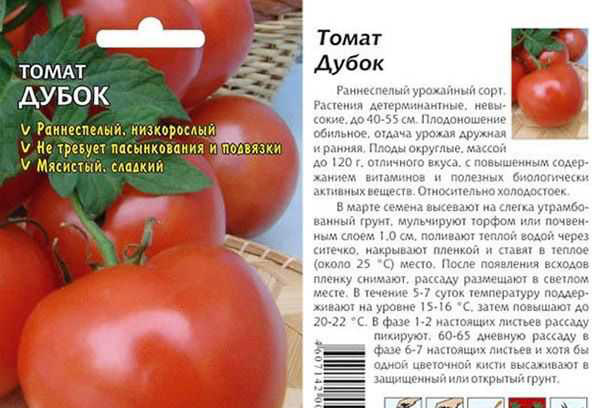
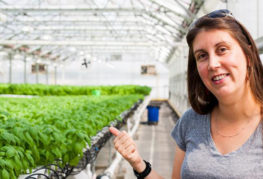
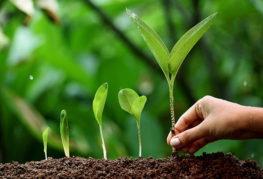
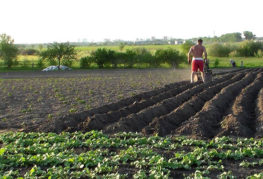
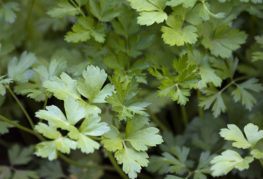

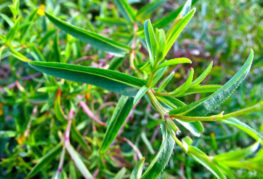
and will be published shortly.